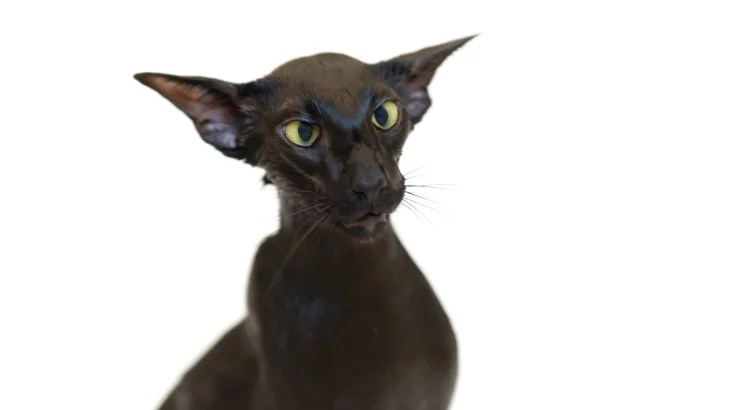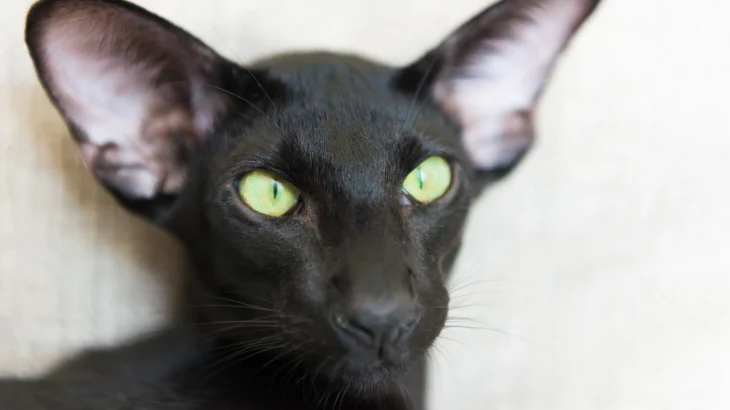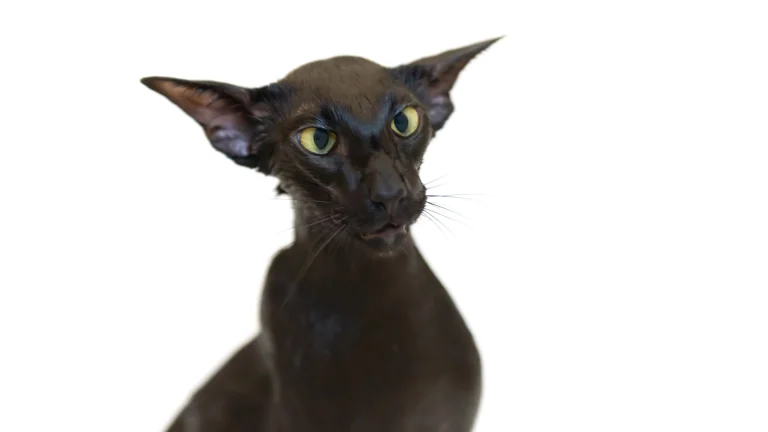Providing pet insurance for an Oriental Bicolor cat helps protect against unexpected vet bills. This breed is generally healthy but can face accidents or illness requiring costly treatment. Insurance covers medical expenses like surgery and medications, easing financial stress. Policies often include accident, illness, and liability protection, useful if the cat causes damage or injury. Although insurance adds a regular cost, it can save money during emergencies and provide peace of mind. Coverage varies, so owners should understand what's included or excluded, such as hereditary conditions or routine care. Alternatives like savings or wellness plans help but lack full protection. For example, if an Oriental Bicolor ingests something toxic, emergency surgery could be needed—showing insurance benefits. Overall, insurance supports responsible ownership and ensures good care without financial worry.
Health and Surgery Coverage
Health and surgical insurance typically covers vet visits for illness or injury, diagnostic tests, medications, and surgery. Accidents or sudden illnesses can lead to expensive treatments. Insurance can reduce out-of-pocket costs, though policies include exclusions or waiting periods—some treatments may not be reimbursed. Owners should check terms to understand limits and deductibles.
Liability Coverage
Liability coverage protects owners if their Oriental Bicolor cat injures someone or damages property. Cats are less likely than dogs to cause big claims, but scratches or broken items can happen. This coverage helps with costly claims and legal fees. It's usually optional, may add to premiums, and has coverage limits, but including it offers extra protection.
Common Alternatives to Insurance
Some owners avoid insurance by saving money or using wellness plans for routine care like vaccines. While helpful for regular costs, these don't cover serious accidents or illnesses, leaving owners exposed to high vet bills. Insurance offers broader protection, especially for active, curious cats like the Oriental Bicolor.
Owner's Out-of-Pocket Costs
Even with insurance, owners often pay deductibles, co-pays, or costs for exclusions like pre-existing conditions or elective treatments. These vary by policy. The benefit is more predictable budgeting for emergencies, though some personal expense is likely. Knowing this helps avoid surprises during claims.




















































